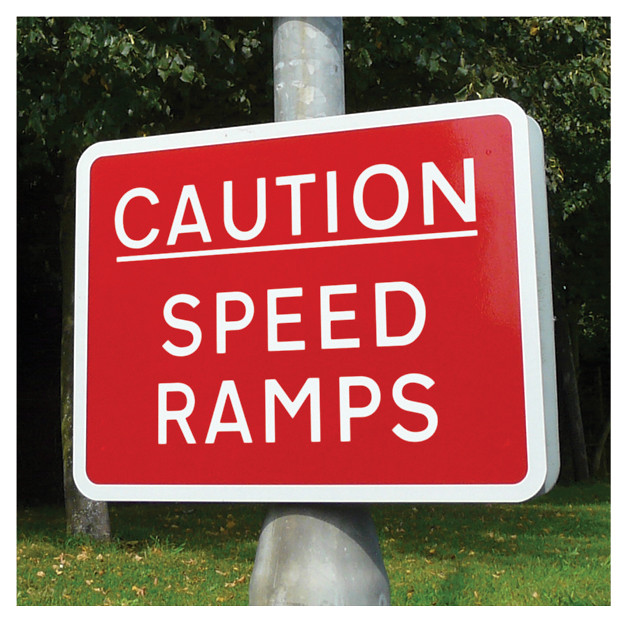Under BS EN 3 operative from the 1st January 1997, all new certified fire extinguishers used in European Union countries must feature red bodies. In line with familiar UK practice, BS 7863 allows manufacturers to affix coloured identification panels on or above the operating instructions covering no more than 5% of the body surface area and visible through a horizontal arc of 180 degrees when the extinguisher is mounted.
The new harmonised European standard on fire extinguishers – BS EN3 – which came into effect in 1st January 1997, provides a single standard for fire extinguishers across Europe. It replaced the old British Standard BS 5423, which has now been withdrawn.
BS EN3 is the standard now used for the specification, manufacturing and purchase of extinguishers in the UK. An additional standard BS 7863 details the revised colour coding system and supplements BS EN3.
BS EN3 is not retrospective and pre-existing extinguishers do not need to be replaced with extinguishers to this new standard. However, any replacements as a result of damage, wear or un-serviceability or new extinguishers will need to meet this new, later standard. While BSEN3 has now been in place for a number of years, understanding the colours and codes should be part of your regular health and safety training and form part of your new staff induction programme. There are a number of resources such as Fire Extinguisher Colour Guide Code Charts that can serve as staff information points and training aids. Fire Extinguisher location panels can aid your routine premises maintenance. As well as providing information on the use of the particular fire extinguisher mounted they also give a visual warning as to when the extinguisher has been used and not replaced.
The New Standard Fire Extinguisher Standard
The main differences between the old and new standards are:
- A minimum of 95% of the extinguisher body must be red
- Zones of colour, indicating the contents of the extinguisher, are permitted
- The markings on the extinguisher must follow a specified layout
- Pictograms are used indicating the type of fires that the extinguisher is suitable for
- A minimum body shell thickness is specified
- Minimum fire performance ratings for the size of the extinguisher are specified
- Operating temperatures of some extinguishers are increased
- Some discharge times are increased
Although there are many technical changes and the improvements in the new standard, the most noticeable change is to the colour of the extinguisher bodies.
Fire Extinguisher Colours and Codes
Understanding the colours and codes should be part of your regular health and safety training and form part of your new staff induction programme. In the UK we were used to a system of using the colour of the body of the extinguisher to indicate its contents. However, this system has been peculiarly British with all extinguishers in Europe being coloured completely red.
Since extinguisher colour is no longer used to identify the type of the extinguisher, it falls to the standard pictograms to illustrate the types of fire that extinguisher can be used on. The pictograms are:
Class A fires involving organic solids; e.g. wood, paper
Class B fires involving flammable liquids
Class C fires involving flammable gases
Class F fires involving cooking oil and fat
A concession was made in this latest standard for a small zone of colour to be available on the body of the extinguisher to further help identify the contents of the extinguisher. A colour zone of up to 5% of the surface area of the extinguisher can be positioned on the top half of the front of the extinguisher body and be visible from 180 degrees. The British Standard BS 7863 outlines the colours that can be used in this way and follows the colour coding that has been used for many years. In addition, there is now a new colour for the Wet Chemical extinguisher (see guide above). The colour codes are:
Red – Water
Cream – Foam
Blue – Powder
Black – Carbon Dioxide
Canary Yellow – Wet Chemical
A further effect of the latest standard is that customised colours (most commonly chromed stainless steel) are no longer allowed; although, as there is no immediate need to change these extinguishers, they (and particularly the stainless extinguishers) may well be in use for some considerable time.
Replacement of Extinguishers
Even though pre-existing extinguishers do not need to be replaced, the gradual appearance of the new, latest standard extinguishers alongside older types may cause some confusion. The continued presence of other coloured extinguishers in an area may suggest to some users that the red extinguishers will contain water but this might not be the case, with potentially serious consequences.
Everyone should now what to do in the event of a fire and this includes being able to select the appropriate type of extinguisher to use. To reduce the chances of confusion, mixing new and old standard extinguishers in the same area or building should be avoided.
Note also that the British Standard on servicing BS5306: Part 4 states that all extinguishers installed in any one building or single occupancy should have the same method of operation and, if intended for the same function, should all be similar in shape, appearance and colour.
Summary for Fire Extinguisher Identification
- Ensure that all new extinguishers obtained comply with BS EN3
- Ensure that everyone is able to identify the different types of fire extinguisher and their respective use through training and guides
- Provide information on the colour standards for fire extinguishers
- Clearly sign extinguishers and their use with fire safety equipment signs
- Do not mix extinguishers conforming to the old and new standards
- Do not mix extinguishers which have different operating methods
Stocksigns has the largest range of fire safety signs on the market for more information on these and our other safety signs why not order our safety signs catalogue or call our Sales Team on 01737 77 40 72.






